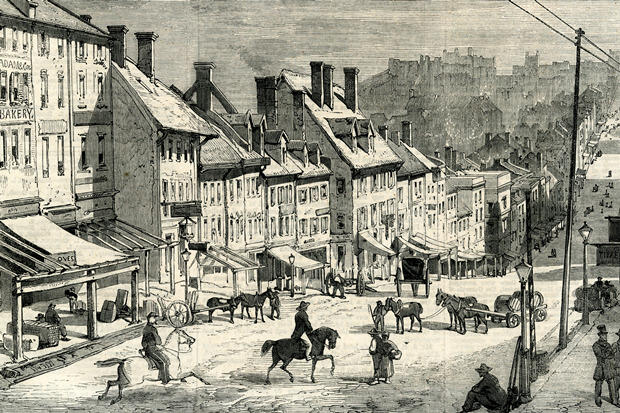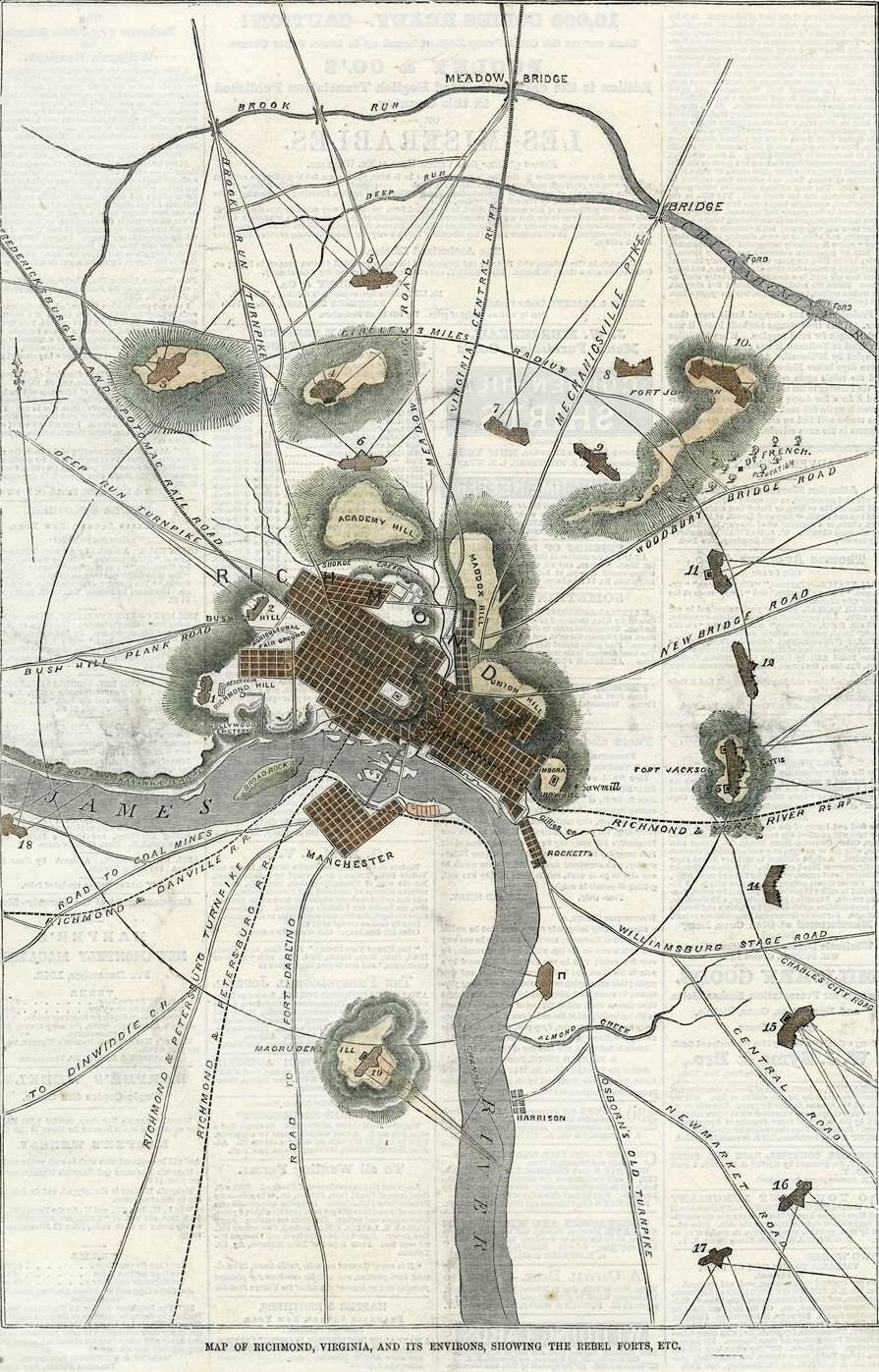
Aug. 14, 2014
Illustrated journalism exhibit shows life in Richmond during, after Civil War
Share this story

VCU Libraries has launched a digital collection of 146 illustrated images of buildings, streetscapes, events and scenes of daily life in Richmond from 1853 to 1901. The images originally appeared in American and British periodicals and offer a glimpse into the capital of the Confederacy during and after the Civil War.
The images, which are part of James Branch Cabell Library's "Richmond and Virginia Print and Map Collection," and housed in Special Collections and Archives, are an example of the now-extinct field of illustrated journalism.
In a period when photography was still a new medium, many news outlets relied on artists to draw or paint scenes to accompany articles, according to Ray Bonis, archives coordinator for VCU Libraries.
"Harper's Weekly, one of the periodicals whose images we have online, had a Richmond artist contribute images to the magazine," Bonis said. "He was William Ludwell Sheppard, a painter from Richmond. VCU folks might know his work as the designer of the Howitzer statue located in Howitzer Park across the street from VCU’s Singleton Center for the Performing Arts."
More than half of the collection's images are from Harper's Weekly, one of the most popular journals in the nation, whose work is often referred to as illustrated journalism.
During the Civil War, artist A. W. Warren, a national correspondent based in New York, drew many of the images of Richmond published in Harper's Weekly.
After the war, Sheppard, a native and resident of Richmond, provided sketches of the city for the magazine from the late 1860s through the early 1880s. Sheppard was also a noted painter who designed the General A. P. Hill Monument in the city's North Side and the soldier on top the Confederate Soldier's and Sailor's Monument in Libby Hill Park.
Though originally intended to merely complement news stories, the prints in this collection are now historical documents.
"The collection has dozens of applications for research,” said Bonis. “From how African-Americans were depicted in images, sometimes in grotesque stereotypes, to rare views that architectural historians might want of Richmond streetscapes or buildings now lost."
Subscribe for free to the weekly VCU News email newsletter at http://newsletter.news.vcu.
Subscribe to VCU News
Subscribe to VCU News at newsletter.vcu.edu and receive a selection of stories, videos, photos, news clips and event listings in your inbox.








